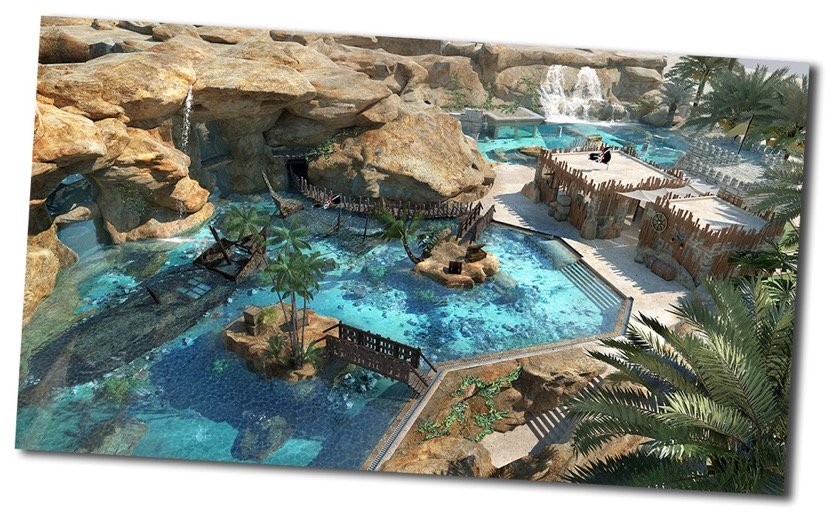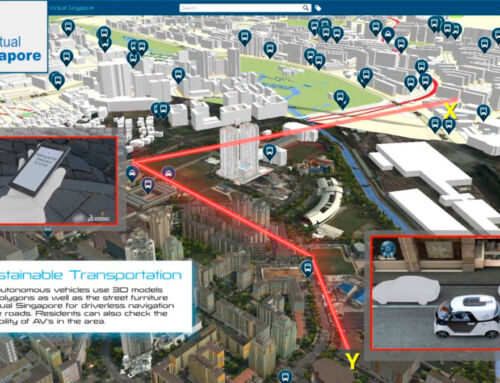The latest technologies allow immersion in new imaginary places. The illusionist show in the digital world offers viewers the chance to enjoy artistic expression in full detail. The viewpoint disappears, the seat from which we contemplate the work fades and the spectator begins to discover multiple perspectives.
In effect, the theatrical design of scenery has evolved considerably since its origins in ancient Greece. The concept, theory and practice of scenery and ambience design has adapted and reinvented itself throughout the centuries, opening the way for religious dramatizations, festivals in regal gardens and street fairs. In the 19th and 20th centuries, the appearance of mass consumer society, product of industrial and service capitalism, gave rise to the phenomenon of Universal Exhibitions, and later to Theme Parks, an authentic laboratory of ambiences, sensations and experiences that bring myth, legends, adventures and fantastical and exotic geographies to life.
The main objective of theming design in contemporary leisure projects, is the creation of scenery with the maximum immersive effect. But, how can we define this immersion? In few words, we experience immersion in a themed environment when we feel displaced, in other words, when we believe ourselves to be living in the environment intended to be recreated.
What happens when we feel this immersion? We start, conscious and unconsciously, to make decisions that would be logical in the environment recreated by the theming, we put ourselves in the shoes of the adventurer, of the traveller and we begin to enjoy it.
What requisites does a themed environment have to fulfil in order to be effective? Basically, the surroundings must emit sufficient quantity of sensorial and logical signals that are appropriate for the universe to be reproduced. We call this, theming density. Indeed, it is important to get this density of signals right. Two or three on the right or left, may not be sufficient. The impulses should arrive congruently from all directions and towards all the senses, the more the better. As an example, there’s nothing wrong in seeing a waterfall, but if at the same time we can hear birdsong, or smell the fragrance of exotic flowers and feel how tiny droplets of refreshing water caress our face, all the better.
In short, the fewer gaps or faults in the theming that have to be compensated or filled in by the users’ minds so that they feel immersed, the better. And how do we avoid these gaps, as well as with an adequate density of impulses? Well, with various resources:
1. With an interesting narrative, a good story that gives the theming sense and predisposes the user.
2. By avoiding stimuli and impulses incongruent with the theming; any signal, object or behaviour that reminds users of being in a leisure centre.
3. Possibility of interacting with the theming; talking to characters, activating events through sensors or springs to be discovered.
Theatrical scenography is not sufficient to hold the curiosity visitors, converted into explorers and in need of new aesthetic experiences. Therefore, new theming designs should support a new generation of spectators incapable of making do with obsolete scenery based on old theories.






